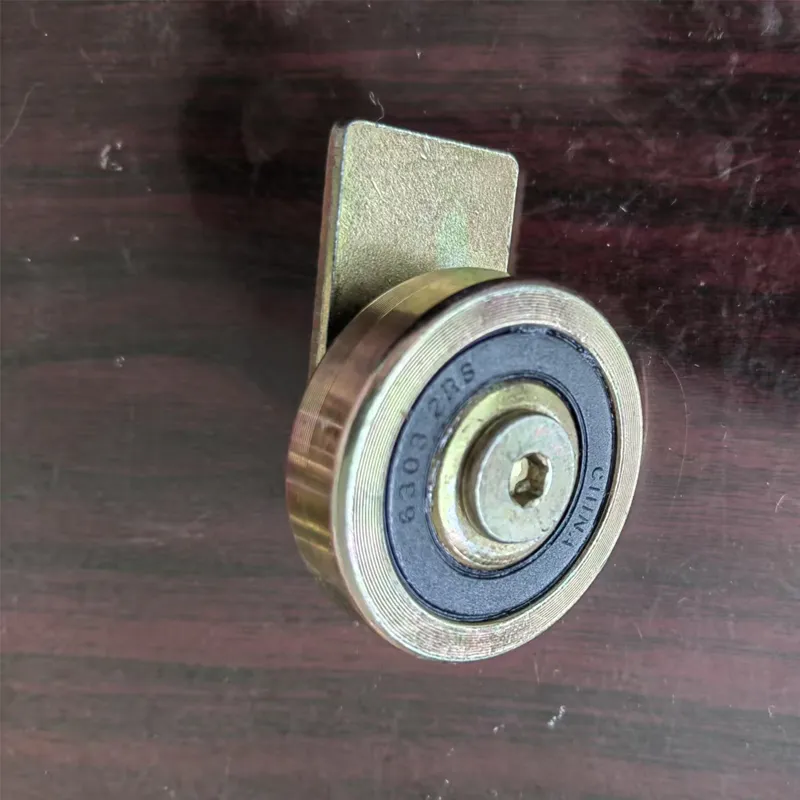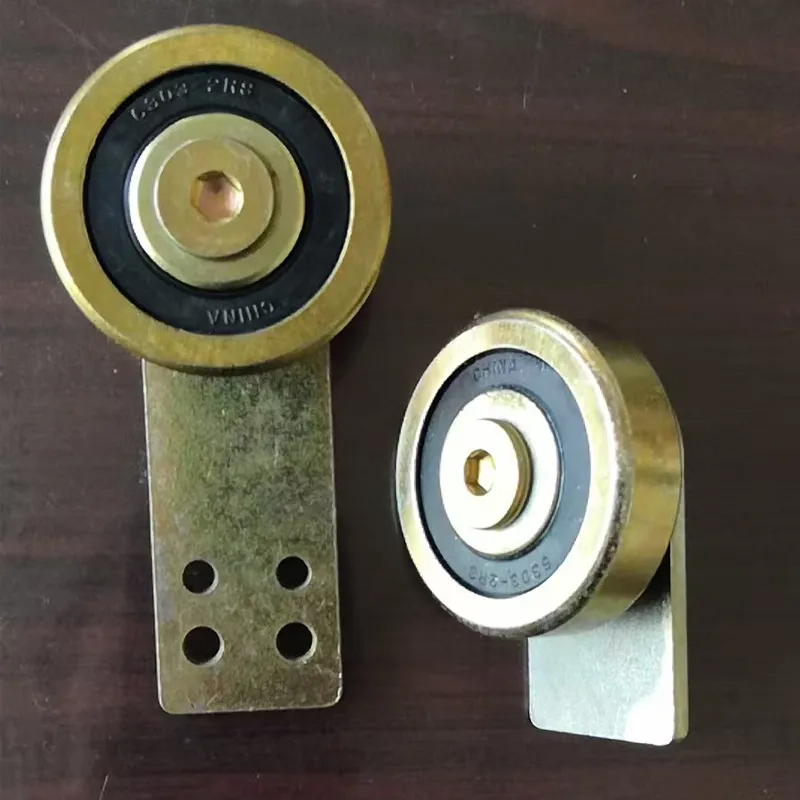
Oct . 10, 2025 09:25 Back to list
Greenhouse Door Roller: Smooth, Quiet, Rust-Proof?
Choosing a Greenhouse Door Roller that actually lasts
A well-running greenhouse isn’t just fans, films, and fertigation. It’s also the humble hardware that moves every single day. The Greenhouse Door Roller is one of those parts you barely notice—until it sticks, squeals, or seizes right before a hot day. I’ve visited growers from coastal nurseries to inland veggie farms, and, to be honest, a smooth-sliding door often determines whether morning routines take two minutes or twenty.
Manufactured in XIHUAN ROAD HEXI TOWN LINXI COUNTY HEBEI PROVINCE CHINA, ARY Bearing’s Greenhouse Door Roller is built around sealed bearings and moisture-resistant components. The design target is simple: low rolling resistance, consistent track engagement, and corrosion defense in high humidity. Sounds basic, yet surprisingly few get all three right.

Why it matters now: quick market trends
Greenhouses are getting bigger and busier. More sliding panels, heavier polycarbonate, and automated vents. Many customers say they want rollers that can handle daily cycles, light chemical exposure, and a bit of grit. In fact, we’re seeing requests for stainless options and polymer wheels with quieter operation—especially near retail garden centers where sound carries.
Product specs at a glance
| Component | Specification (≈ real-world may vary) |
| Wheel material | Zinc-plated steel or PA66 polymer (noise-damped) |
| Bearing | Sealed ball bearing, 2RS contact seals; dynamic life estimated by ISO 281 |
| Bracket | Stamped steel, ≈2.0–2.5 mm, zinc-coated; optional stainless |
| Wheel diameter | ≈40–60 mm; groove profiles: U, V, or flat |
| Load rating | ≈30–80 kg per roller (system-level rating depends on door design) |
| Operating temperature | -20°C to +80°C typical |
| Corrosion resistance | Neutral salt spray reference: 120–240 h, per ASTM B117/ISO 9227 guidance |

How it’s made: quick process flow
Materials: 52100 chrome steel or stainless for bearing races; zinc-plated low-carbon steel brackets; optional PA66 + GF wheel. Methods: stamping and forming of brackets, CNC turning for wheel hubs, injection molding (polymer), press-fit assembly, and torque-checked fasteners. Testing: dimensional gauges, bearing noise/runout checks, load-on-track cycling, and corrosion exposure guided by ASTM B117/ISO 9227. Service life: indicative L10 bearing life sized via ISO 281; typical greenhouse duty aims for ≈50,000–100,000 open/close cycles under moderate loads.
Where it’s used
- Commercial vegetable farms (heavy sliding doors).
- Propagation houses with high humidity and frequent access.
- Retail garden centers needing quieter, low-maintenance Greenhouse Door Roller assemblies.
- Coastal greenhouses where corrosion is a usual suspect.
Customization that actually helps
Options include stainless bearings, thicker zinc or hot-dip coatings, polymer wheels for noise, and groove profiles tuned to your track. Door weight, wind load, and cleaning chemicals matter; share those details and the Greenhouse Door Roller can be matched accordingly.

Vendor snapshot: what to look for
| Vendor | Strengths | Lead Time | Certifications | Notes |
| ARY Bearing (Hebei) | Sealed bearings, corrosion-focused options, stable QC | ≈3–5 weeks | ISO 9001 (typical for bearing plants) | Good for high-humidity sites |
| Generic Importer | Lowest upfront cost | Varies | Mixed | Check seal quality and plating thickness |
| Local Fabricator | Fast prototyping, on-site tweaks | ≈1–2 weeks | Shop-dependent | Great for custom tracks |
Field notes and feedback
One coastal grower swapped older rollers and reported noticeably lighter pull and no visible red rust after a wet winter—just one case, but it tracks with the thicker plating choice. Another nursery manager said the polymer-wheel Greenhouse Door Roller lowered morning opening noise enough to stop customer complaints. Not scientific, sure, yet consistent with what we’d expect.
Standards and verification
- Corrosion exposure reference: ASTM B117 / ISO 9227 salt spray.
- Bearing life methodology: ISO 281 dynamic load rating.
- Hardware corrosion classification: EN 1670 guidance for building hardware.
If you’re specifying for a new build, ask for track compatibility, groove profile, and cycle-life data under your actual door weight. It seems obvious, but many spec sheets skip those details. Don’t.
References
- ASTM B117 – Standard Practice for Operating Salt Spray (Fog) Apparatus.
- ISO 281 – Rolling bearings: Dynamic load ratings and rating life.
- EN 1670 – Building hardware: Corrosion resistance classification.
Latest news
-
Ball Bearing 6001 – Reliable Deep Groove Bearings for Machinery & Industry
NewsNov.24,2025
-
Comprehensive Guide to 6305 2rsr Bearings – Specs, Uses & Vendors
NewsNov.24,2025
-
In-Depth Guide to 6003z Bearing Dimensions: Specs, Applications & Vendors
NewsNov.23,2025
-
Understanding the 6201 Z Bearing - Specifications, Applications, & Future Trends
NewsNov.23,2025
-
Everything You Need to Know About 6001 C3 Bearing – Specs, Uses, and Advantages
NewsNov.22,2025
-
6208 zz Bearing – Key Technical Insights, Applications & Vendor Comparison
NewsNov.22,2025
